Small Town, Dark History: Moraga’s Problematic Past Requires Present Reparations
Moraga: Stolen Land
Most elementary schools in the area implement local history into primary education; I remember taking a field trip to the Moraga Library and La Hacienda de Las Flores to learn about Jose Joaquin Moraga and Joaquin Moraga’s valiant efforts to annex the beautiful rolling hills of Moraga in the name of Imperial Spain.
But once we graduate from elementary school, we stop learning about our town’s history. And upon learning more about how the colonization of U.S. territories subjected native groups to unprecedented epidemic and mass slaughter, I questioned the accuracy and veracity of what we know about our town’s formal establishment.
I’ve carried my unanswered questions and curiosities about the validity of my 3rd-grade lessons into high school, and I recently applied for a library card to pursue my research.
Let’s just say I’ve learned a lot since.
Most local 3rd graders learn about the Saklan tribe, who were the original human inhabitants of the lands upon which rests our homes and schools today. I can remember learning about the arrows the tribe would hunt with and how acorns played an integral part in the Saklan diet in elementary school. According to Moraga’s Pride, a book by Sandy Kimball about our town’s history, bone remnants of who was once believed to be a Saklan man were found on the grounds of where Saint Mary’s College exists now. These people spoke the Miwok language, which is very similar in nature to Siberian-Hungarian tongues. From Lafayette to Dublin, these people hunted elk, deer, and rabbits to supplement their diets of acorns and roots.
Less than 300 people were believed to live where we do now in Moraga, and 90% of all California Indian tribes were totally wiped from existence within a few decades of the introduction of smallpox by European explorers. Today, the private Saklan School – a K-8th grade school named for the Native American tribe in the 1990s that is a substitute to going through the Moraga School District – pays a small tribute to the original inhabitants of Moraga through their name.
However, I still believe that the Saklan culture and bloodshed stemming from the Spanish colonization of the Bay Area isn’t done justice nor taught with the accuracy and depth the history deserves. It should be examined and admired more deeply in a high school classroom setting. Revisiting our town history at the secondary school level is both incredibly significant and the least we can do to commemorate the Saklan and pay reparations for the actions of past historical figures, as we are the ones today who benefit from the Spanish’s colonization of these once sacred Saklan lands.
1 of the most important things each member of our community should know about our town’s history begins with the etymology of “Moraga.” It is the surname of Jose Joaquin Moraga, who led the conquests of the lands today known as the Bay Area, and of his grandson Joaquin Moraga, who applied for the land grant of Moraga today. While the legacy implied with this name is known to most Moraga residents, I had no idea of the abhorrent nature of where the namesake of our town stems from.
According to Moraga’s Pride, ancestor to both Moragas after whom our town is named and Spaniard Maragas Alonso Ortuñez adopted this name after murdering the Moorish chieftain known as “Moro Agha” in Spain in the 800s. Taken like a trophy, the adoption of the name conveys the danger of idealizing our history or simply remaining ignorant.
Never again will I think of our town’s name in the same way after learning this, but I’m relieved I’m no longer ignorant on the issue. Unsurprisingly, this was the sort of history skimmed over during that 3rd-grade town history unit.
But the origins of the name Moraga only scratches the surface of decades of dark history we’ve forgotten, ignored, or neglected to investigate.
Conquest-oriented sentiments extend to the Spanish annexation of San Francisco and Monterey on which similar pillaging and barbarism occurred under the command of the Moragas.
But we do not commemorate the Saklan guerilla fighters who raided Spanish missions, rescued captured tribesmen that were forced to convert to Catholicism, or sheltered runaways in search of asylum from the Spanish’s cruelty. Instead, we have a middle school named for the family that single-handedly destroyed the Saklan way of life for good.
The Spanish’s efforts to forcefully compel Native Americans to work inside newly erected missions to be converted to Christianity was greatly glossed over in Moraga’s Pride. However, I did find that Jose Joaquin Moraga, grandfather of Joaquin Moraga and lieutenant of infamous Spanish explorer Juan Bautista Anza, took great pride in his success in defeating native peoples in combat. Standing at the stature of 5’2”, this tiny yet terrible man, according to Moraga’s Pride, was known as “California’s most successful Indian fighter.”
But we never address this bloodshed that occurred on the very land on which all our houses and schools stand, and if we do, the time we dedicate to the discussion is outshone by the idols and tributes to Spanish conquistadores all around us. Many of our streets are in the Spanish language, as are several elementary schools and Joaquin Moraga Middle School.
Unfortunately, history is written and warped by the victors who live on to write the records; even a supposedly credible secondary historical source such as Moraga’s Pride exercises this sentiment at times. While this may be true to a degree, it’s our civic duty as residents of this town to pay tribute to the Saklan tribe and others who suffered at the hands of Moraga’s brigade by peeling away the romanticizing of the conquests of the Moragas.
It’s dangerous to glorify any one historical figure or outcome, and we must do better to analyze the past from any relevant perspectives. So when you drive down Moraga Road or are writing down your address as you shop online; remember that the history of Moraga extends beyond the planting of pear trees and construction of rancheros.
Your donation will support the student journalists of Campolindo High School's The Claw. Your contribution will allow us to produce more issues and cover our annual website hosting costs.
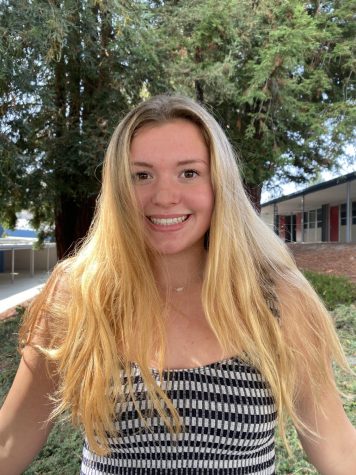
Senior Nicole Kennedy has played volleyball for 8 years and is currently on Campolindo's varsity team. She also played club volleyball at Red Rock East...
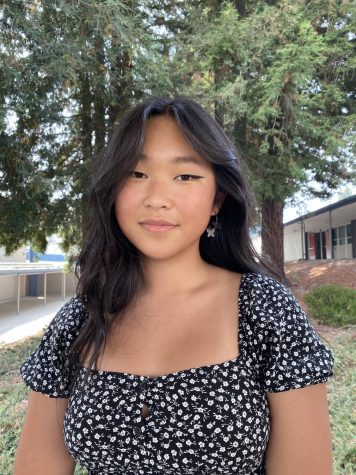
Senior Mindy Luo has spent her high school career utilizing her artistic skills as a vehicle for her commitment to various social justice movements.
Luo...
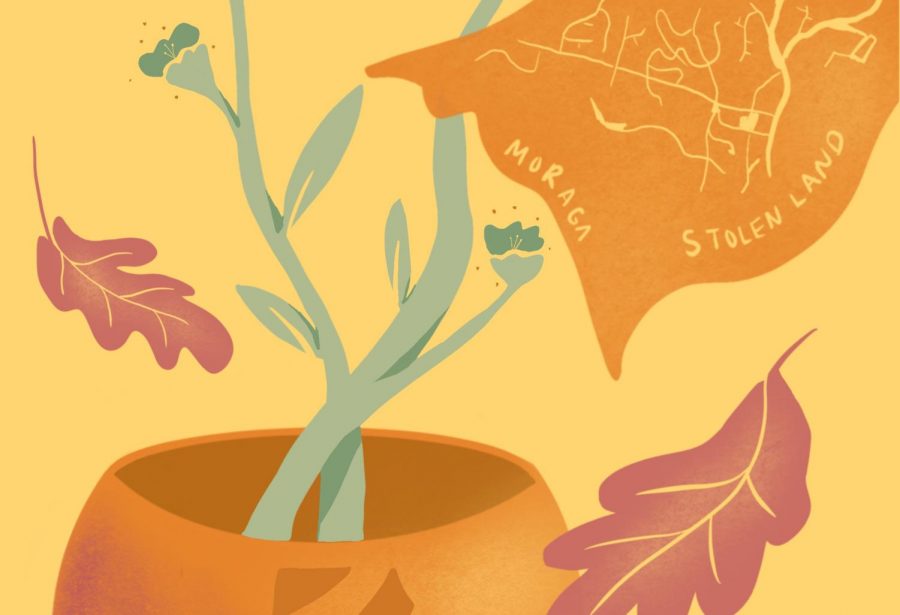

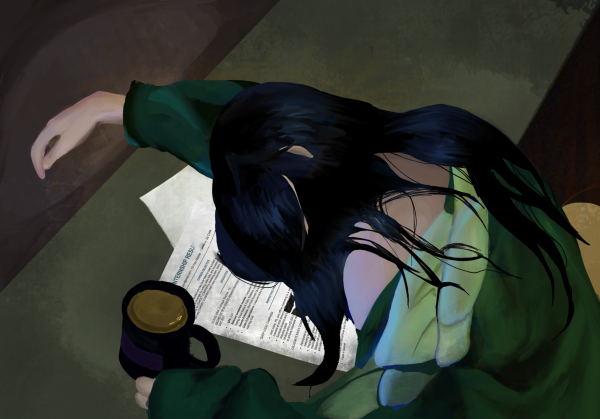
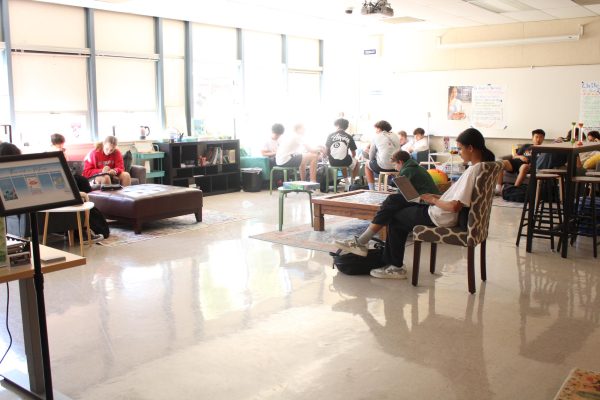
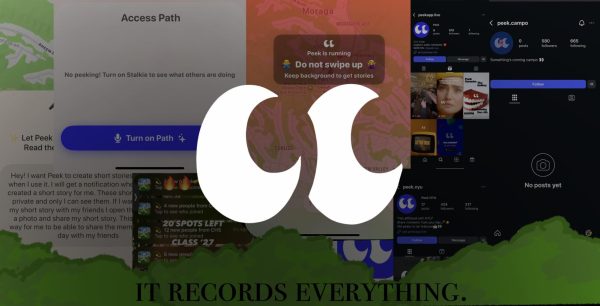
Terry Yoder • Apr 20, 2023 at 11:23 pm
Lovely and nicely informative article. I live right next door to the Hacienda de las Flores. I’m originally from the Midwest a starting point of the trail of tears. I enjoyed your article, because I never really understood what transpired in the creation of Moraga.